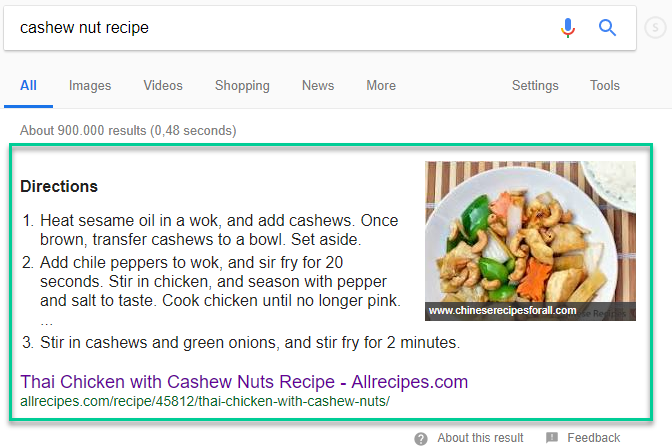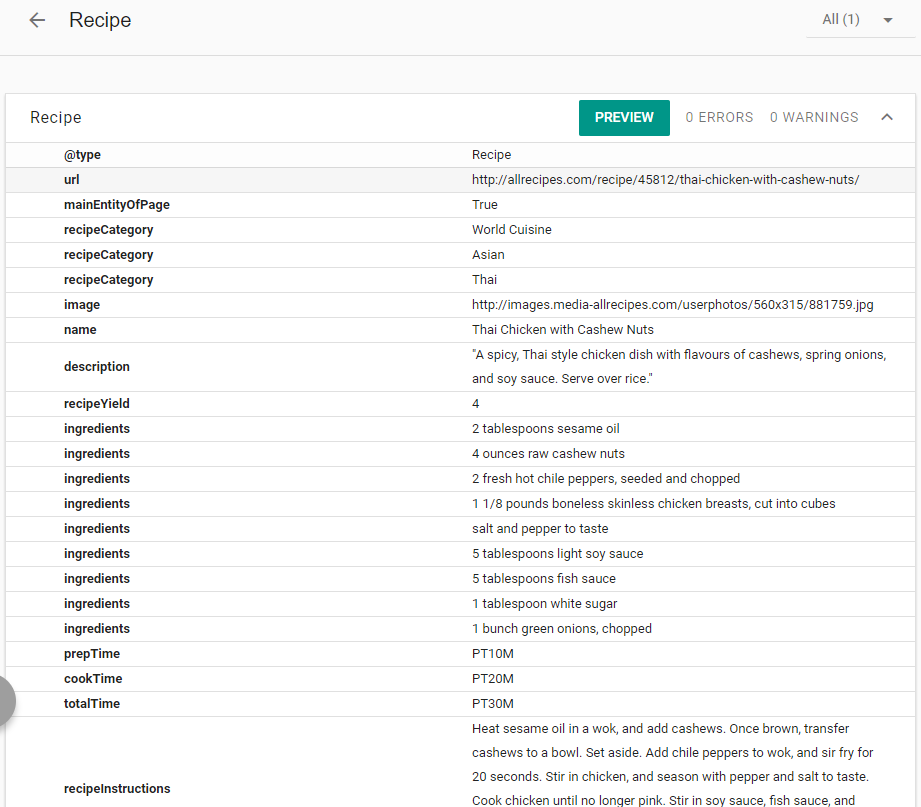If you work in digital marketing you’ve probably came across the term “schema markup”, “structured data” or “rich snippets”. Schema markup (often called Schema) is the language of the search engines consisting of tags (or microdata) that you can add to the HTML of your website to improve the way your page is represented in Search Engine Results Pages (SERPs).
For search engines, interpreting data on a website can be difficult sometimes due to the intrinsic nature of how humans interpret and display information. For example, imagine there is a page on a website that contains three phone numbers. How would a search engine interpret which phone number is the business’s primary contact phone number?
This is where Schema Markup comes in.
By tagging certain elements of content on the page, for example a phone number, we are able to tell a search engine that this is the business phone number, or this is the business address, business name, business URL, author of the website and so on.
This allows search engines to categorise information (and we know how much Google loves categorising information) so it can better present the information to searchers. By doing this, not only does it send a positive signal to Google but it allows Google to present this information in some really interesting ways.
For example, try typing in the keyword “Cashew Nut Recipe” in Google. You probably notice the first listing has a numbered list with an image of the right hand side like the below.

This is because the website used structured data / rich snippets on their page.
Take a look below at how it’s represented in google using Google’s Structured Data Testing Tool

In the code of the page, it has been marked up with schema tags that are invisible to the reader, but visible to Google’s crawler. There is extra effort in marking up your content, but if you are familiar with Google Tag Manager, you can streamline this process by creating tags that can dynamically and automatically fire on each page.
Most users would rather use Google Search Console Data Highlighter. Although limited, you’re able to markup certain information such as articles, book reviews, events, local businesses, movies, products, restaurants, software applications, and TV episodes. There are many more types of schema that can be used. Check out the full list at schema.org.

By using structured data, not only do we benefit from a positive ranking signal, but it also allows Google to use this information in dynamic ways in the search result. In this example, the schema markup resulted in the website taking almost half the fold of the screen. Having more screen real estate, means greater chance of getting clicked on while pushing your competitors out of the picture.
We love schema, so if you have any questions, feel free to reach out and ask! Contact us.



